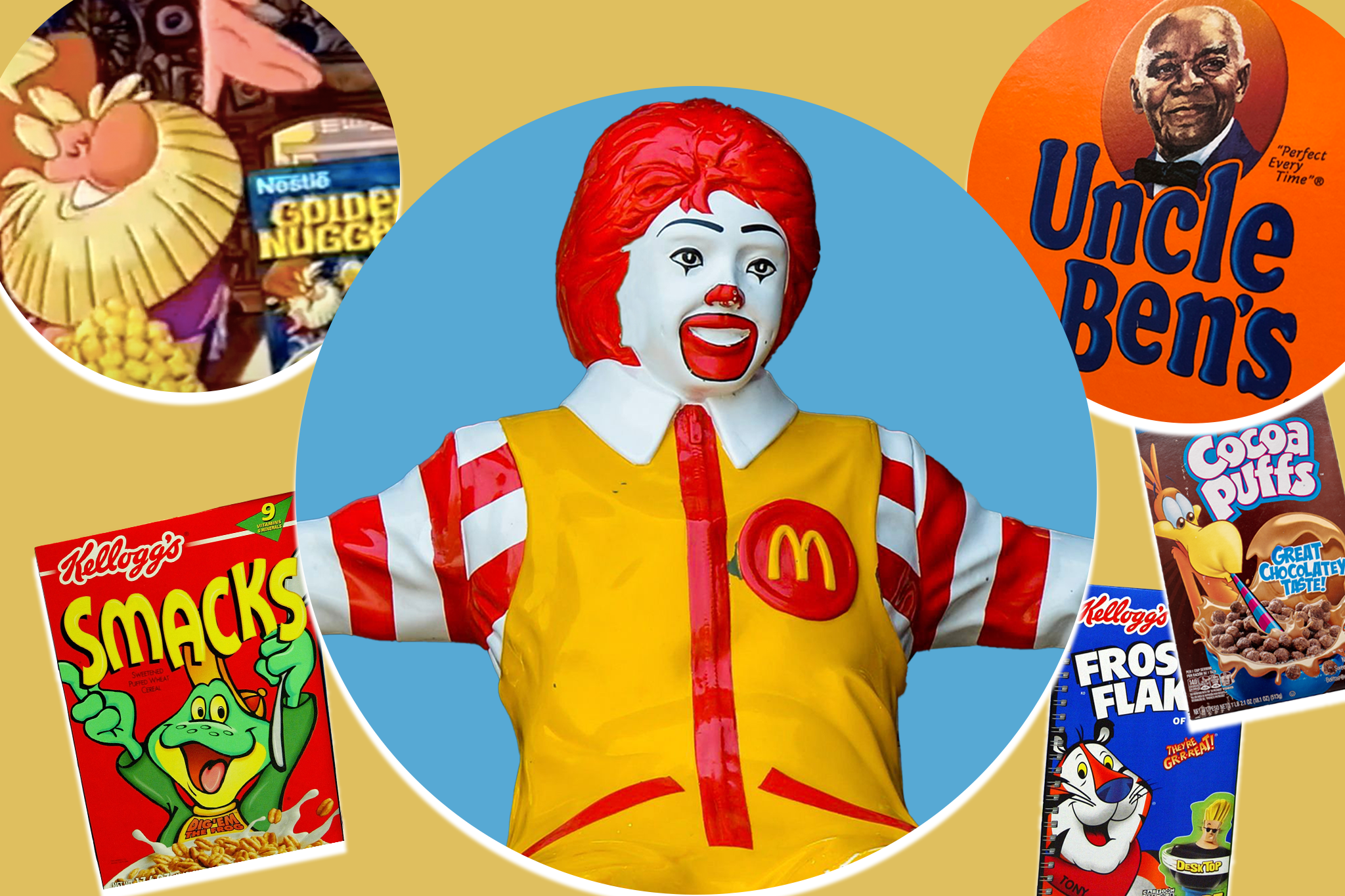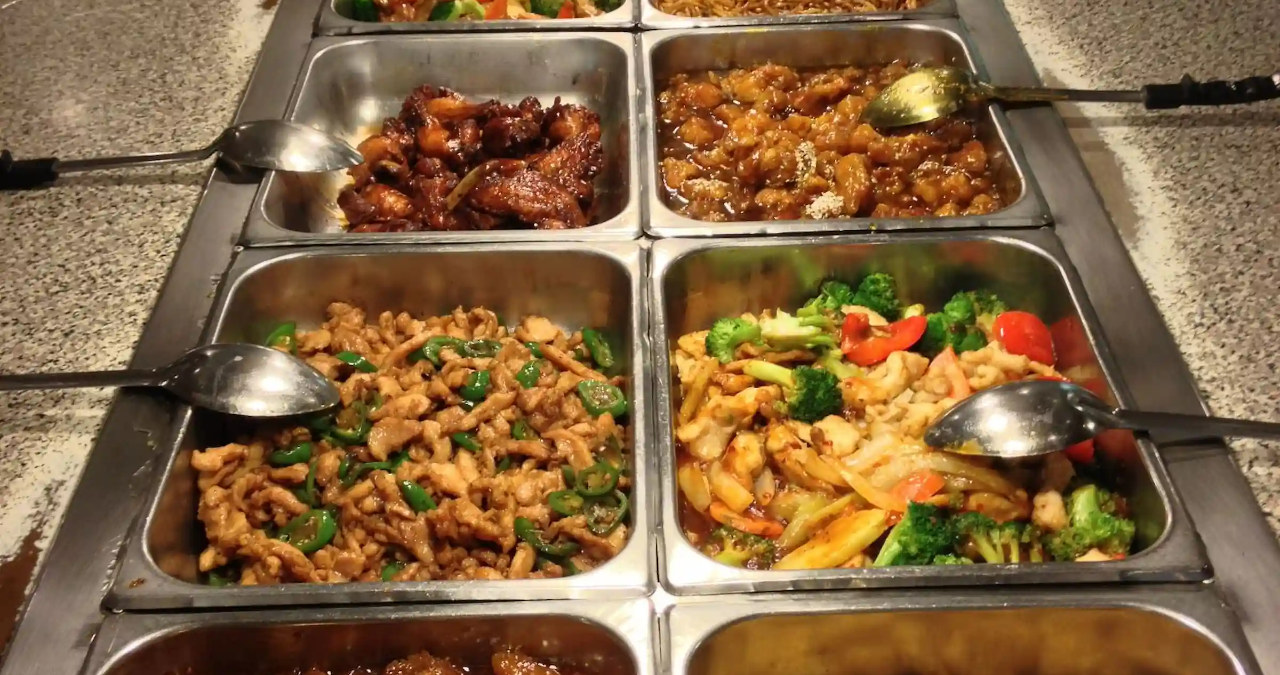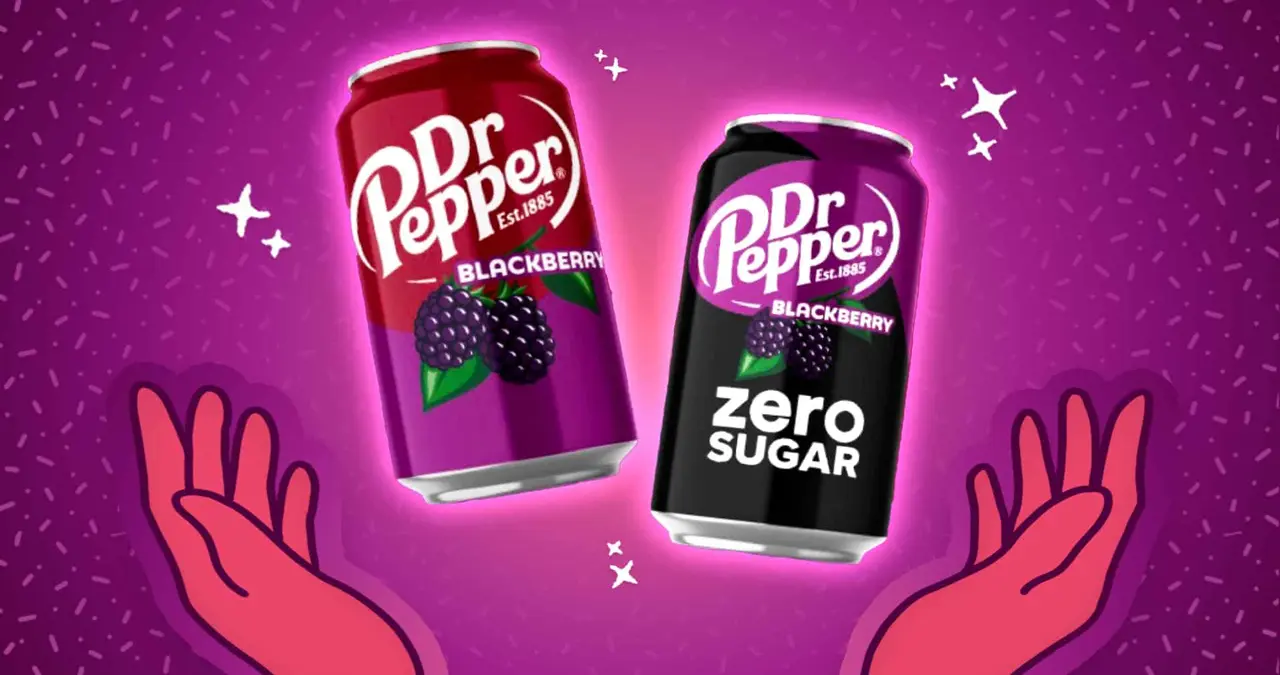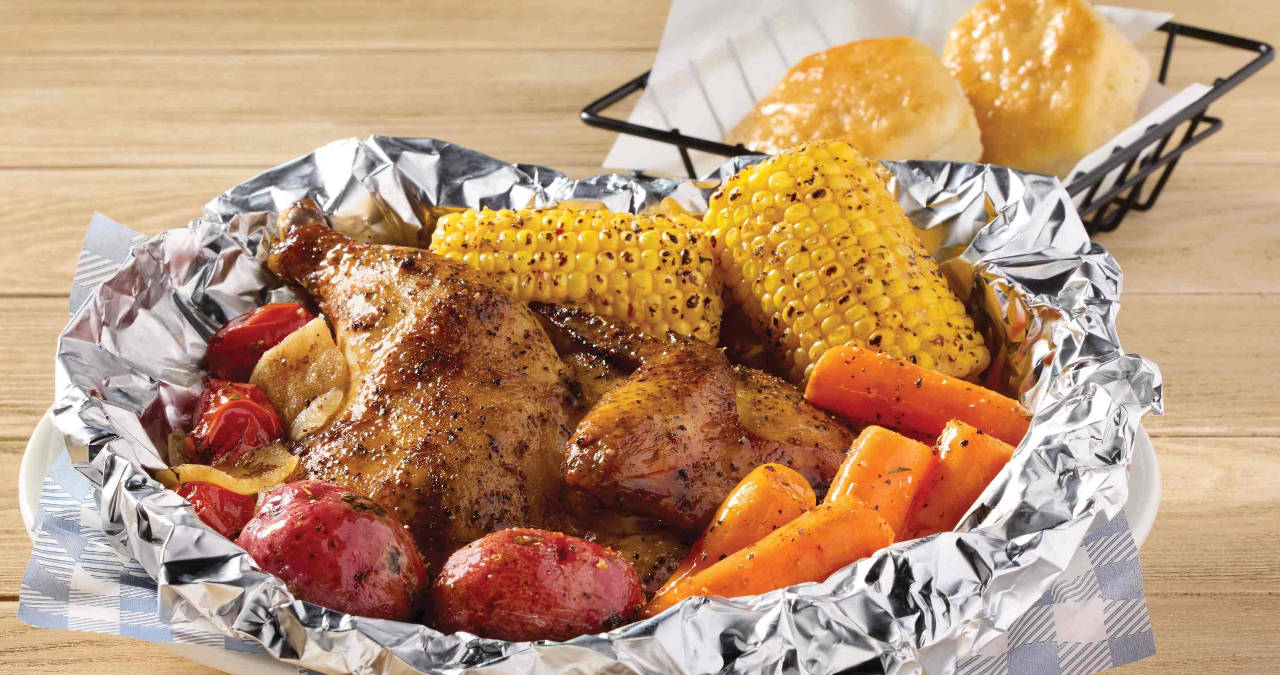Dive into the colorful world of fast food mascots, their history, marketing magic, and how these characters shaped global brand culture while staying loved across generations.
Fast food mascots aren’t just smiling faces on billboards—they’re cultural icons. From clowns and kings to sassy animated creatures, these characters have been carefully crafted to grab our attention, make us feel something, and keep us coming back for another bite. They’re storytellers, entertainers, and brand ambassadors rolled into one. And in many cases, they’ve been around longer than some of the restaurants they represent today.
While some mascots have faded into nostalgia, others have evolved to stay relevant. They’re more than just marketing gimmicks; they’ve been woven into pop culture, appearing in commercials, merchandise, and even meme culture. In this article, we’ll explore the origins, strategies, and enduring appeal of fast food mascots—and why they’re still so powerful in a digital-first world.
The Origins of Fast Food Mascots
Fast food mascots emerged during the boom of quick-service restaurants in the mid-20th century. With rising competition, brands needed an edge—something memorable that would make customers think of their food instantly. Characters provided that personal touch. They were relatable, recognizable, and perfect for storytelling in advertising.
The earliest mascots were often rooted in the idea of trust. For example, friendly characters in chef hats or smiling servers were used to reassure customers about quality and service. Over time, these designs became more playful, appealing to both children and adults. Cartoons, costumed actors, and product-inspired characters all became part of the mix. The mascot wasn’t just an image—it was the voice and personality of the brand.
Why Fast Food Mascots Work So Well
Fast food mascots work because they tap into emotional connections. Seeing a beloved character from childhood can spark nostalgia, and nostalgia is a powerful motivator in consumer behavior. When paired with consistent branding, mascots create a sense of familiarity that keeps people loyal to the brand.
Another reason mascots thrive is their adaptability. They can be silly in commercials, serious in public service messages, and even self-aware in social media posts. This flexibility makes them perfect for modern marketing, where brands need to be entertaining but also responsive to cultural trends.
Legendary Fast Food Mascots and Their Stories
| Mascot | Brand | First Appearance | Notable Traits |
|---|---|---|---|
| Ronald McDonald | McDonald’s | 1963 | Cheerful clown, bright colors, promotes fun |
| Colonel Sanders | KFC | 1952 | White suit, southern charm, brand founder |
| The King | Burger King | 1970s | Royal attire, mysterious presence |
| Wendy | Wendy’s | 1969 | Based on founder’s daughter, red pigtails |
| Jack | Jack in the Box | 1951 | Round head, witty humor |
| Noid | Domino’s | 1986 | Mischievous, tries to ruin pizza deliveries |
Each mascot in this list brought something unique to the table. Ronald McDonald turned McDonald’s into a family-friendly destination, Colonel Sanders became the living embodiment of KFC’s heritage, and The King stood out with his quirky, sometimes surreal ads.
The Role of Fast Food Mascots in Brand Identity
Fast food mascots are living brand logos. While a traditional logo is static, a mascot can talk, walk, dance, and interact with customers. This gives brands more creative freedom in storytelling. Mascots also act as a bridge between corporate identity and public perception. They humanize a brand that might otherwise feel like just another chain.
For kids, mascots make a restaurant feel like a playground. For adults, they serve as a reminder of simpler times. This cross-generational appeal means mascots can be effective for decades—sometimes even without major design changes.
How Mascots Have Evolved Over the Years
Mascots are rarely static. Some have undergone major redesigns to stay relevant in changing times. For example, Wendy’s logo evolved into a cleaner, modern look without losing the recognizable red-haired girl. Meanwhile, McDonald’s has adjusted Ronald McDonald’s appearance and media presence to align with health-conscious marketing trends.
Modern mascots also live in the digital space. They have Twitter accounts, post on TikTok, and even interact with fans directly. This level of engagement keeps them relevant to younger audiences who may not watch traditional commercials.
Cultural Impact of Fast Food Mascots

Fast food mascots have crossed over into pop culture in ways their creators might never have expected. They’ve appeared in TV shows, inspired Halloween costumes, and been referenced in music videos. Some even have cult followings that celebrate their quirky or “so bad it’s good” appeal.
Memes have breathed new life into older mascots, creating viral moments that spark renewed interest in the brands. This crossover between marketing and internet culture means mascots now exist beyond the boundaries of traditional advertising.
Controversies and Criticisms
Not every mascot story is positive. Some have been retired after public backlash or accusations of targeting children too aggressively. For instance, health advocates have criticized mascots for encouraging unhealthy eating habits among kids. In other cases, a mascot’s design or campaign was seen as outdated or insensitive.
Brands have learned that mascots must adapt to cultural expectations. Today’s audiences are more socially aware, and a character that felt charming decades ago might now seem out of touch.
The Future of Fast Food Mascots
The future of fast food mascots is likely to be more digital, interactive, and personalized. Augmented reality filters, AI-driven chatbots, and even VR experiences could allow fans to interact with their favorite mascots in new ways. Brands may also experiment with more diverse and inclusive characters to reflect their customer base.
What won’t change is the core purpose: mascots will continue to be the friendly, approachable faces that make fast food more than just a meal—they make it an experience.
Expert Insight Quote
“A mascot isn’t just an advertising tool—it’s a long-term investment in your brand’s personality. When done right, it becomes part of a customer’s personal story.” — Marketing Analyst, Carla Bennett
FAQs about Fast Food Mascots
Q: Why do fast food chains use mascots?
A: They help build emotional connections, create brand recognition, and make marketing more engaging across different age groups.
Q: Which is the most famous fast food mascot?
A: Ronald McDonald is arguably the most famous, recognized globally for decades.
Q: Do mascots actually increase sales?
A: Yes. Strong mascot campaigns often lead to higher brand loyalty and recall, which can directly influence purchase behavior.
Q: Why do some mascots disappear?
A: Mascots may be retired due to changing cultural tastes, brand rebranding, or negative publicity.
Q: Are fast food mascots here to stay?
A: Absolutely. While their styles may change, the mascot concept remains a powerful marketing tool.
Conclusion
Fast food mascots are more than smiling faces—they’re marketing legends. They’ve adapted over decades, connecting with both nostalgia-driven adults and curious kids. Whether in commercials, on social media, or popping up in memes, these characters keep brands alive in our cultural memory. As long as brands need to stand out in a crowded market, fast food mascots will keep serving up personality alongside the fries and burgers.




